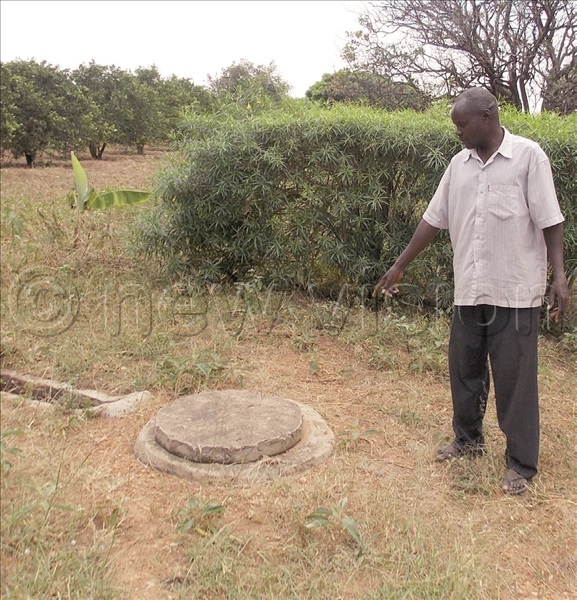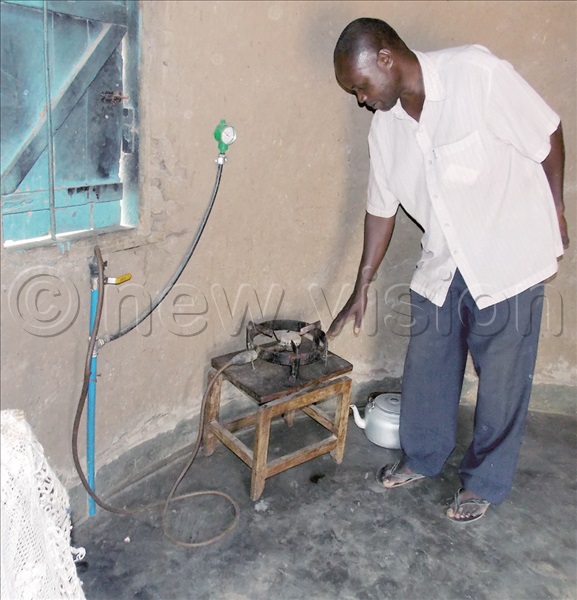Biogas is produced from decomposing animal dung, plant residue and sewage.
According to experts, even if one has just one cow, it can produce enough gas for an average two-bedroom home.
Collect the dung, still wet from the cattle and pigs shed and direct it to a digester (a cemented tank).

The tanks can differ in size depending on the need. The common sizes are about 5ft wide and 10ft deep.
The whole system is set underground, with only the opening of the digester visible.
The digester is constructed using cement. It is specially constructed for its purpose. As the mixture ferments, gas is produced. Fermentation takes over one week. Every day, the operator of the biogas system should feed the digester with waste, kitchen waste and dung.
The digester converts the dung into biogas that is then tapped for cooking and lighting. Metallic pipes are connected from the digester to a special stove and lamp to be used for cooking and lighting respectively.
The stoves and bulbs are specially made for biogas usage.

To make it safe, all valves and pipes must be checked for leakages at least every three months.
Waste or slurry that has been fully digested can be collected and used as manure to improve crop yields.
Quick, easy and clean
Cooking on gas keeps your kitchen clean and tidy, and protects your family from the dangers of air pollution.
Safe environment
The use of biogas slows the rate of deforestation and reduces greenhouse gas emissions. Biogas has a positive influence on the climate and the environment.
The slurry is rich in nutrients and can be applied directly to plants and vegetables as fertiliser. Biogas-slurry replaces chemical fertilisers.
This saves money and is good for the environment. It is estimated that using slurry on your land can boost crop yields by as much as 25% when compared to the application of manure directly to fields.
You can use any dung or big amounts of leftover cooked food, including human faeces to produce biogas.
However, cow and pig dung is commonly used because it is in bulk and easily accessible. But if a poultry house is under the cage system, then the droppings are easily collected and put in a digester.
With biogas, you can reduce your cooking fuel expenses by as much as 80%. It can replace dirty fuels such as firewood, sawdust, charcoal and kerosene.
In addition to biogas, the system makes waste water that is rich in nutrients. This water may be collected from the storage pool and poured in gardens to help crops grow.





